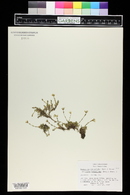|
Cherleria obtusiloba
 Explore 13 NEON Biorepository occurrences (redirected from: Minuartia obtusiloba (Rydb.) House) |
|
|
Family: Caryophyllaceae
twinflower sandwort
[Alsinopsis obtusiloba Rydb., more] |
|




